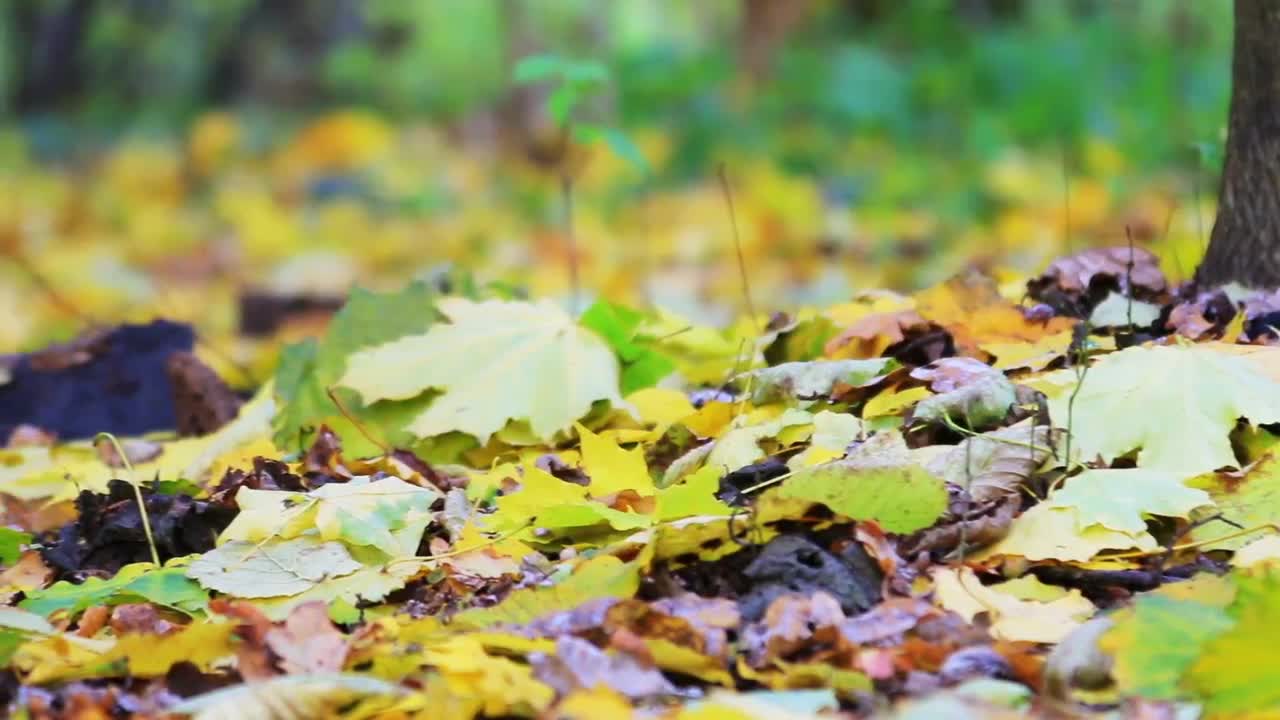
/https://tf-cmsv2-photocontest-smithsonianmag-prod-approved.s3.amazonaws.com/c993250d-16c4-4c85-bfb9-81cf6f891263.jpg)


Small pieces of woody material are better because: If you have small twigs and branches that can be easily cut into pieces with hand clippers, you can add these to your compost pile, green cart or paper yard waste bags. Do not use plastic bags to hold leaves-plastic cannot go into compost piles, and your green waste will be sent to landfill, where it will be of no use. The paper green waste bags are incorporated into compost, as the paper quickly breaks down and decays. If you place yard waste cans out for pickup and your garden produces more leaves than can fit in the can, fill additional paper green-waste bags and leave them alongside your cart for pickup. Other locations pick up leaves in dedicated yard waste cans or bags.
Fallen leaf free#
Be careful not to obstruct the road or sidewalk and make sure the leaf piles are free of other debris such as grass, twigs or branches.īelow are links to curbside leaf collection details in a few nearby villages, towns or cities. If your town offers curbside leaf vacuuming, you can rake your leaves to the curb for removal. And most of those municipalities offer curbside leaf pickup. Many cities and towns across northeast Ohio compost green waste to make mulch and compost for public landscapes and residents. If you don’t have room to compost them yourself or to make a leaf mold pile, what should you do? Curbside Leaf Pickupĭepending on where you live, you may be faced with a huge quantity of leaves each fall. You can also work them loosely into the top few inches of soil. Once leaves are chopped, spread them over your garden beds to act as a mulch. You can make it very easily just run your lawnmower over fallen leaves on the lawn and collect the pieces, or place leaves in a trash can and chop them up with a string trimmer (wear eye protection!). You can also surround the pile with chicken wire, a burlap fence or place it in a breathable container like the Compost Sak to prevent leaves from blowing around. The leaves will decompose over the winter (if they don’t freeze) and early spring. Leaf mold can be easily made by simply placing fallen leaves in a large pile, sprinkling it with water, and then letting it sit until next spring. The difference between them is that compost incorporates all green waste (including grass clippings, kitchen scraps, dead leaves, and much more), while leaf mold is made only from leaves. Leaf mold and compost are both the result of decayed green waste. What’s the Difference between Compost and Leaf Mold?
Fallen leaf how to#
The Federal EPA provides information on how to compost and links to resources about composting here. And remember: a working compost pile does not smell like decaying garbage! An active compost pile will be warm in its center as the decaying materials generate energy. Naturally occurring microorganisms in a compost pile can make quick work of turning leaves and green waste into usable compost. You can also make your own simple compost pile (without a bin) to break down your green waste. For example, Geauga County offers compost bins to county residents for only $35 (retail price is $94). If you don’t already compost at home, check with your city or county to see if you can purchase a low-cost compost bin. In nature, this cycle is repeated each year, and it’s how topsoil was originally made!įallen leaves are an excellent addition to established compost piles or bins. This final product is water-soluble and is taken up by tree roots and used as energy by the tree. Dark, crumbly compost has no odor of decay and, once added to soil, will disintegrate further and become humus or humic acid.


 0 kommentar(er)
0 kommentar(er)
